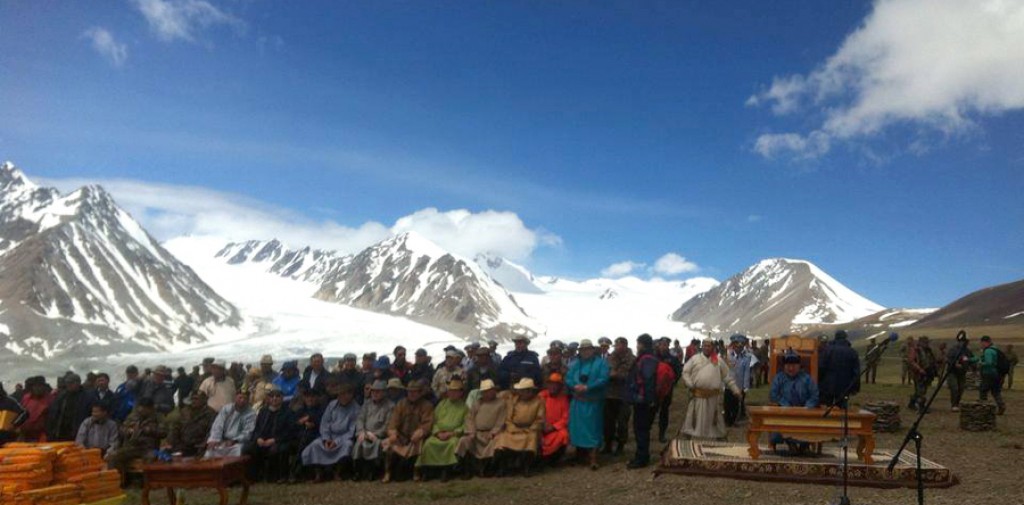Traditional worshipping practices listed in UNESCO

Mongolian traditional practices of worshipping the sacred sites have been inscribed on the UNESCO List of Intangible Cultural Heritage in Need of Urgent Safeguarding.
Mongolian traditional practices of worshipping the sacred sites have been inscribed on the UNESCO List of Intangible Cultural Heritage in Need of Urgent Safeguarding becoming the 14th Intangible Cultural Heritage registered from Mongolia. The decision was made this Wednesday by the Intergovernmental Committee for the Safeguarding of the Intangible Cultural Heritage at its ongoing session in the Republic of Korea. The traditional worshipping practices involve a ceremony performed to pray to the deities of a sacred site and invoke assistance from them. In ancient times, people used to mark certain sites in order to notify travelers and hunters that the place is either favorable or avoidable. Initially, the marks were left in the form of trees with indicative signs, small holes on the ground and assembled tree branches and stones. It is understood that the indicative signs became alphabet and the assembled branches and stones turned into stone heaps called Ovoos. During tribal times, Ovoos were used to draw boundaries between territories of different tribes. Later, Ovoos became associated with shamanistic rituals as shamans built them on sacred sites where they can establish a connection with nature deities. Mongolians have maintained and cherished the traditional practices of worshipping of sacred sites until today. “Mongolian practices of worshipping sacred sites have developed in the cultural space that is home to the nomadic lifestyle, which is characterized by its close harmony with nature and the environment. According to ancient shamanism, these practices are based on the belief in the existence of invisible deities of the sky, earth, mountains and natural surroundings. The worship ceremonies build a sense of community and solidarity and raise awareness about the interdependence of human beings and the environment,” wrote the UNESCO about the tradition.
Views: 1731
Tweet